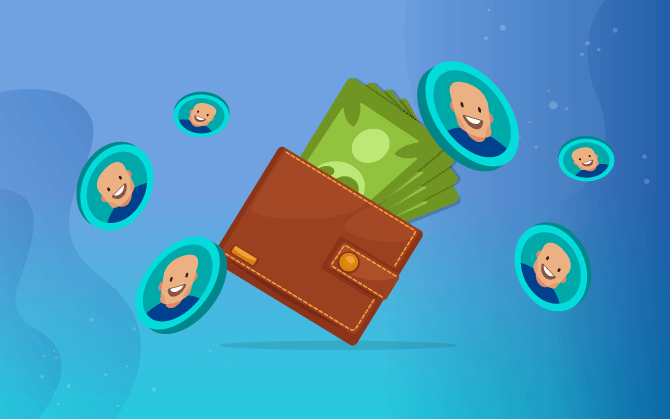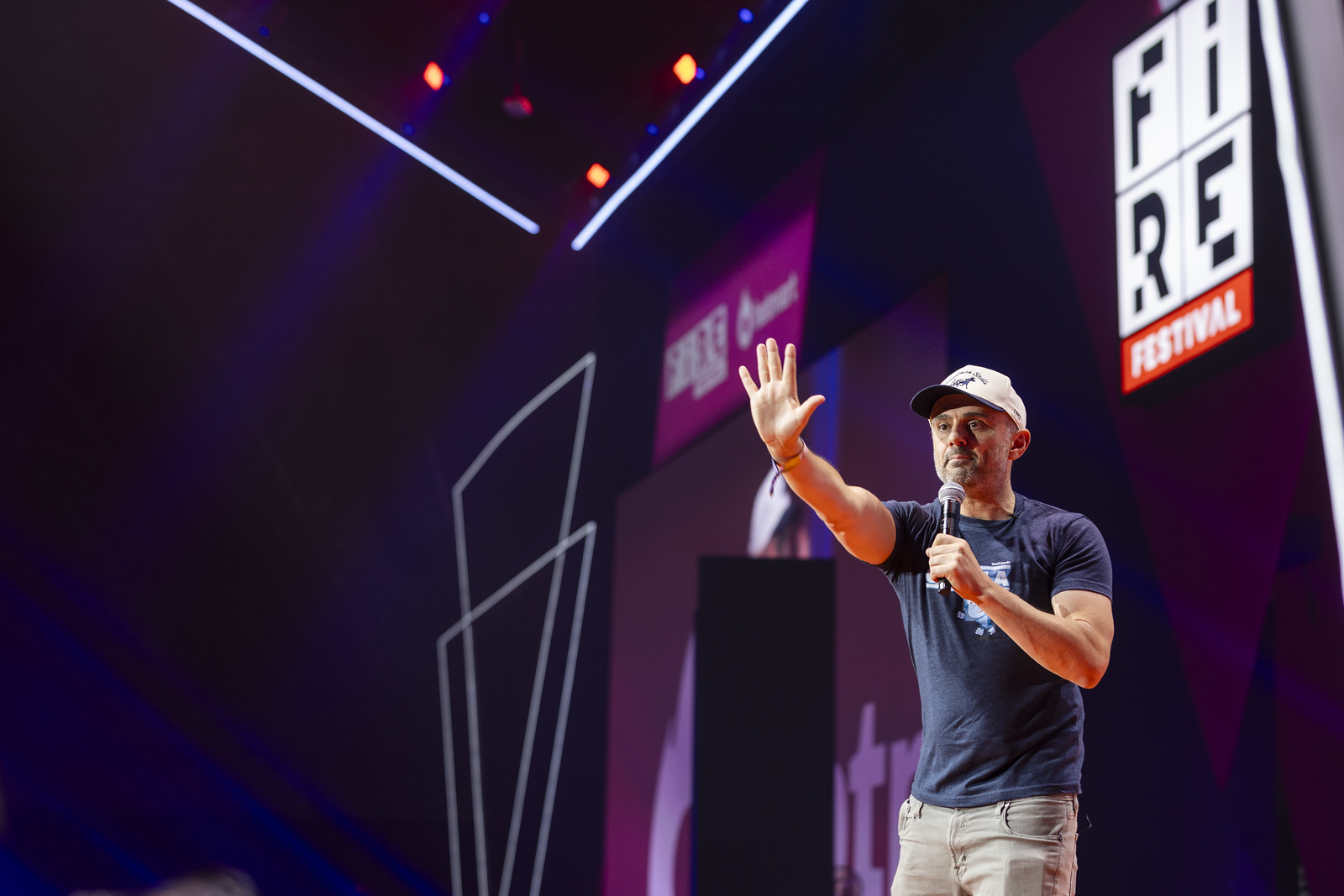
Learn about the types of consumers and their shopping behavior
Initiator, influencer, decider, buyer, and user. Learn about the different types of consumers and their characteristics.

What will we see in this post
When creating a new business, one of the greatest challenges for entrepreneurs is captivating and discovering how best to reach all types of consumers.
Before getting started on strategies that involve complex methodologies, it’s necessary to see clearly and accurately who your product’s potential consumers are, and understand at what stage each one is.
We can reach many different types of consumers directly. But when we’re focused on the launch of a product or a specific campaign, we need more details in order to reach five of the main consumers in the marketplace.
Would you like to learn how to reach different types of consumers for your business? Below, you’ll learn a bit more about each of the main profiles and their behaviors.
The five types of consumers
In order to impact different types of consumers, you need to identify them accurately.
Besides, knowing the profile of these people can give you more freedom to create content, campaigns, and strategies better targeted to your persona. Learn a bit more about each of the five types of consumers.
1. Initiators
This person will be responsible for coming up with the idea of purchasing, which can be internal or external, and can be done in different ways.
Whether through an ad, a billboard, or a social media ad, initiators are those responsible for identifying the need for a certain product or service.
In order to explain in a more entertaining manner, we’ll work with the example of parents and their children. If a child asks its parents for a toy, we’ll be entering directly into the initiator consumer purchasing process.
2. Influencers
The role of this type of consumer is basically having the power and ability to influence another person to buy.
Deep down, we all have a bit of this consumer profile in us. After all, you have probably already influenced someone to purchase some type of product or service.
For example: You need to buy an outfit, but you don’t know exactly which one. You have a friend who can give you a suggestion and tell which store is best. Because it’s a person who is close to you, your decision to buy ends up being made based on your friend’s experience.
Therefore, we can say that this type of consumer is probably the one that needs to be worked on best. After all, you’ll be recommended by someone who has bought from you or who has found that your offer is really worth it.
This ends up implicating at a much lower cost for acquiring a new customer, besides having the assurance that this customer has been recommended by someone who is familiar with your work.
3. Deciders
As the name suggests, deciders are those who decide to make the purchase, without being influenced by anyone or considering external factors.
These customers are usually responsible for the income and don’t need any help to make the purchase, they can be classified as this type of consumer.
In order to help you understand this better, we can represent these people by groups, such as:
- Parents
- Small and medium business entrepreneurs
- Financial managers
- Purchasing sector
4. Buyers
Buyers are the type of people who already know what they want and have decided to purchase a certain product or service.
Despite being very similar to the deciders, buyers are those to whom we actually assign the role of making the purchase in a concrete manner.
Buyers are basically those who, ultimately pay for the product or service that was purchased. They can be of the most varied types.
- Mothers and fathers
- Grandparents
- Siblings
- Mangers
- Yourself
5. Users
Finally, users are those who will in fact own the product or will use the service that has been purchased. It’s important to emphasize that here, they won’t always be the ones responsible for the purchase directly.
At the end of the day, we all end up being user consumers when someone gives us something or simply when we purchase something, either by impulse or necessity.
In this step of the process, consumers will be more dedicated to the experience of the product or service in order to analyze it in terms of quality and if the purchase was truly worthwhile in their opinion.
Why is it important to know about the types of consumers?
Now that you’re familiar with the main types of consumers, you’ll be able to understand exactly what each one represents at each stage of the purchase.
This will make it easier to create better-targeted strategies and reach each type of consumer directly. There are a few points that you need to take into consideration in your strategy to capture customers.
Below, we’ve selected the main ones to help you make decisions regarding your marketing campaigns.
1. Content production
Now that you know the difference between each type of consumer, producing content that is capable of speaking to each one of them is critical.
In addition to working on their pain points and objections, you as an entrepreneur, will be able to optimize the communication language in a more direct manner, with the purpose of making users become customers the right way.
2. Prospecting
By better understanding the existing types of consumers, you can prospect for customers. This way, you’ll be able to develop strategies where you can speak directly in each stage of your funnel.
Understanding in which part of the process each one of these people is in is key so you can focus and put your energy into developing methods that are truly effective when it comes to making a sale.
3. Customer classification
Finally, understanding precisely what the existing types of consumers are during the sale of a product or service provides us with the possibility of classifying each person within a predeveloped marketing plan.
Besides knowing at which stage each of these people are, you’ll be able to know the right time to contact a forgotten lead, when searching for new buyers or even when upselling to a former consumer.
What is the best type of consumer?
Even if the answer seems redundant, you don’t need to worry about who the best type of consumer is, but which of these profiles is the most important for your business at this time.
Another important point that must be emphasized is that there isn’t only one person who represents one type of consumer. We can all be part of the five groups mentioned in this article.
As an entrepreneur, you only need to use your sensitivity in order to detect at what stage of the purchase your type of consumer is. This way, you’ll be able to offer effective solutions for their needs.
If you wish to learn more about this subject, learn more about consumer behavior in this article.




